ArtsWells: or how to do a festival right

It’s the 50th anniversary of Woodstock. Last thing I heard, the anniversary edition was canned, revived, moved, canned, and possibly revived yet again. Lazarus never rose so many times. But I’ve never been much for festivals and can count on one hand the number of them I’ve been to. Even then, I was on stage performing for most of them. Too many people, too much garbage or mud, just too much of too much. An introvert’s nightmare. But in early August I had a chance to see the beautifully run festival, ArtsWells, in the sweet little town, Wells, B.C., in the centre of the province.
You learn a lot about a village by counting the number of churches it has. Or bars. Or churches AND bars. But what about a village bursting with performance venues? I’ve travelled this world a whole lot over my lifetime and I’ve never seen such a charming little village with so many perfect, human-size venues, as the tiny village of Wells, population 245 (or 300, depending upon who has guests over). Invited to appear there as a poet and speaker, I was one of the significantly larger, temporary population of festival-goers, one I can only guess swells to maybe 10 times the usual population number.
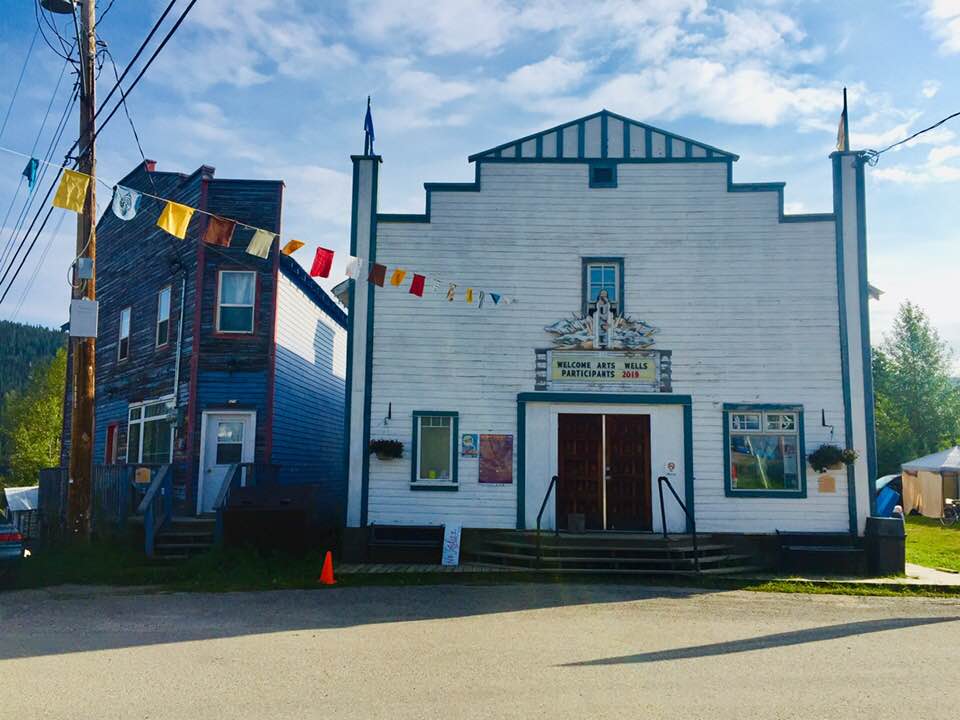
In its 16th year, this celebration of ‘all things art’ is run by Julie Fowler, Paul Crawford, and an amazing ArtsWells team (thanks Sam for the 1001 responses to my emails). This was one festival I’d wanted to see for years, most of all because I’m a longtime fan of Jeff Andrew, one of the most original voices of his generation – think Woody Guthrie of the digital age. To catch Jeff is a rarity and ArtsWells is one of his haunts, so for me to be invited as an artist in order to get me up there at long last, well, that was a very fine thing. Thanks Julie and Paul.
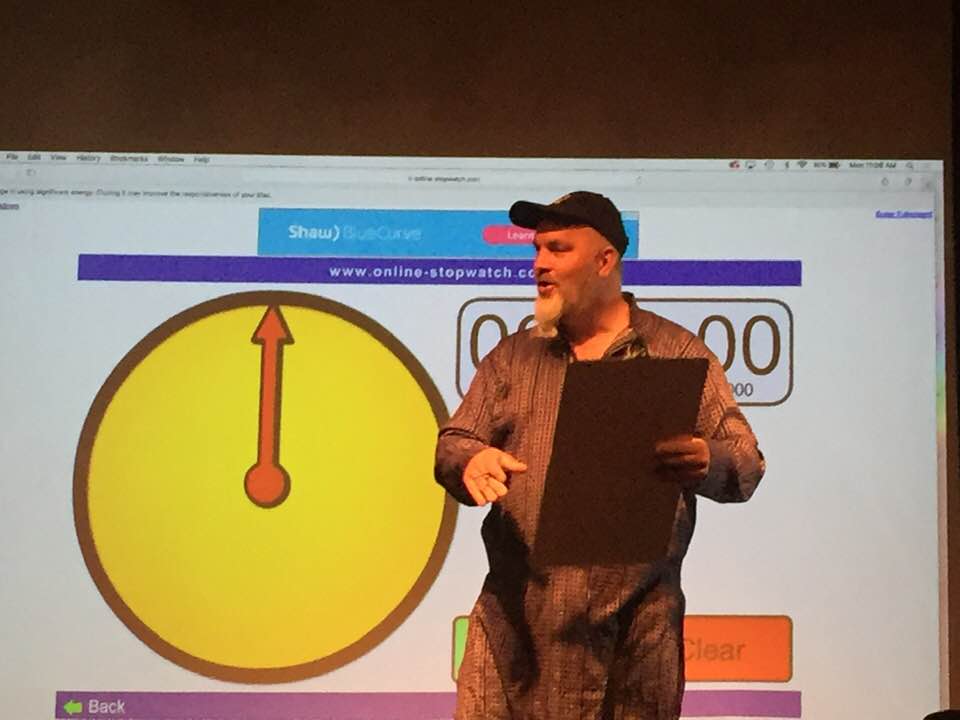
On the August long weekend we packed up early and headed north from Vancouver. Off we went through the Fraser Canyon, [Sto:lo (in Halqemeylem), Lhtakoh (in Dakelh), ʔElhdaqox (in Tsilhqot’in)] up to the Cariboo, places I’d adored as a child, entirely enamoured of the geography – I mean who doesn’t love a river and a canyon and valleys? And it was the Cariboo that kickstarted my love of history – Indigenous and post-contact. I admit, as a kid I had gold fever. Our 9 1/2 hour drive morphed into a 13 hour drive due to bad weather, and a truly terrible accident that closed the highway.

aka The Mighty Fraser River
We arrived in the early evening and the festivities were well on their way with a parade of giant puppets, slightly drenched, and the fab Queen, Ms. Fondle, as Parade Marshall. What a welcome sight after our arduous journey on back roads (and sobering too, as a woman had lost her life on the highway and two seriously injured). Forgoing the evening’s multiple events we headed to our cabin at Barkerville and rested til morning.
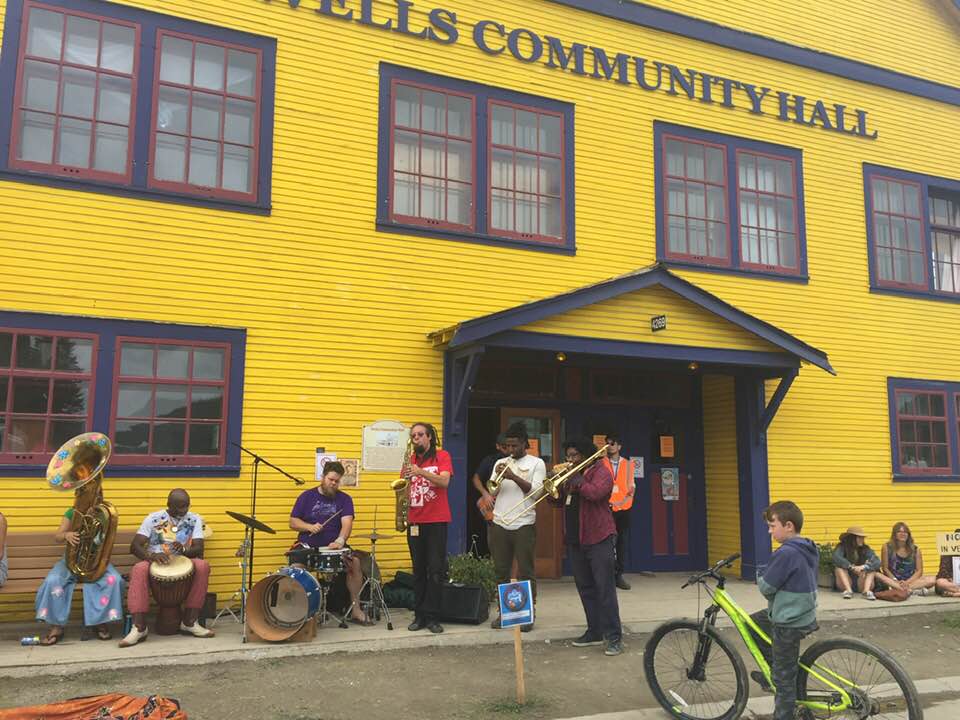
Up early to a still-sleeping village, we ate and then went to shake the road from our bones at Dance Church with Grampa Groove. Seriously fun way to start the day. Then for the next three days a truly fun and intelligent program made such a great festival. It got me thinking of what made it different from other festivals I’ve observed (mostly from afar). I think it is ArtsWells modesty and its programming brilliance. We’re not talking brand names such as at the big festivals, we’re talking talent, pure talent that works its a$$ off while on stage, and better yet, clearly loves their art form. Every single act I caught, every workshop I attended, was compelling, original, and thoughtful – and yes, the music on every single stage was fabulous. The people in attendance – a huge proportion of them are artists – all so colourful and interesting. Outbreaks of music and theatrics were frequent and seriously delightful.
For my Sunday session I gave a reading, showed video footage (with actors’ voiceovers of my war poetry) and dispelled as many Myths of the Poet as I could. Apparently I did. Even the sound crew were wide-eyed; one of them came up to me afterward and said “I didn’t think I liked poetry until now”. We wandered and watched, ate, and enjoyed the acts, and especially Jeff Andrew, whose rock-out session in the pub left me even more amazed at his talent than ever before, his use of guitar effects tasteful and intricate. (Generally I’m no fan of guitar effects because most people overuse them.)
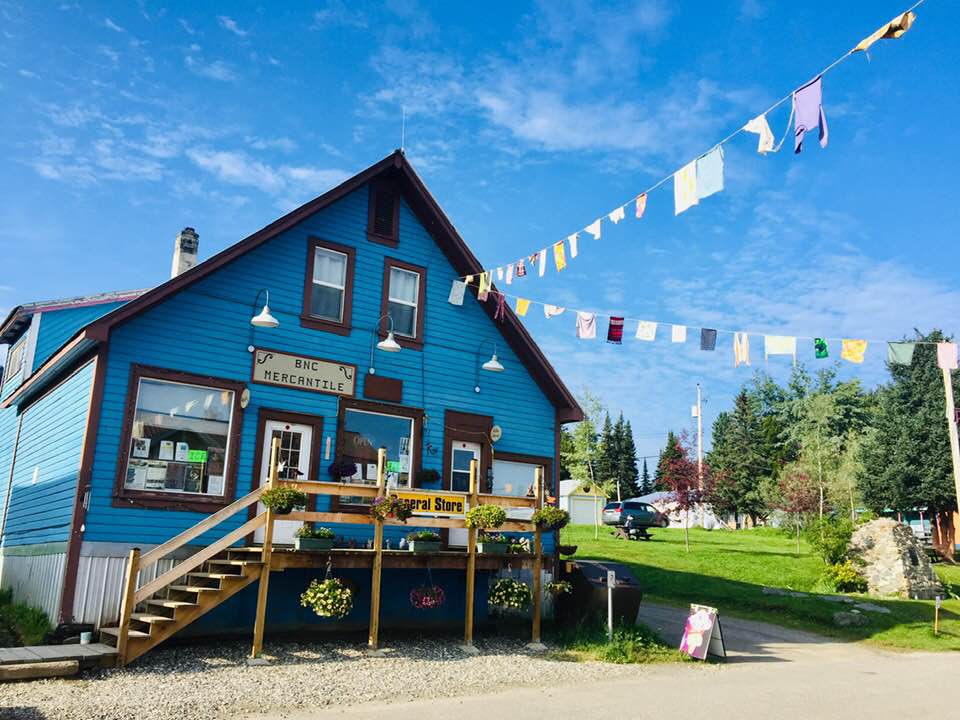
On Monday, I hosted a session, Becoming, a storytelling with Quinton and Darren of the Snotty Nose Rez Kids currently on their wildly successful Trapline Tour. Dialling it back, waaaay back from hype and crowds and expectations, we had a chance to be people together, people telling our stories. I began with the session by inviting everyone to relax, close their eyes and listen to the Becoming story I’ve written for the overture to my new opera. That I heard a few zzzzzzzzs coming from the crowd was a great reward to me as that’s exactly what I had in mind.
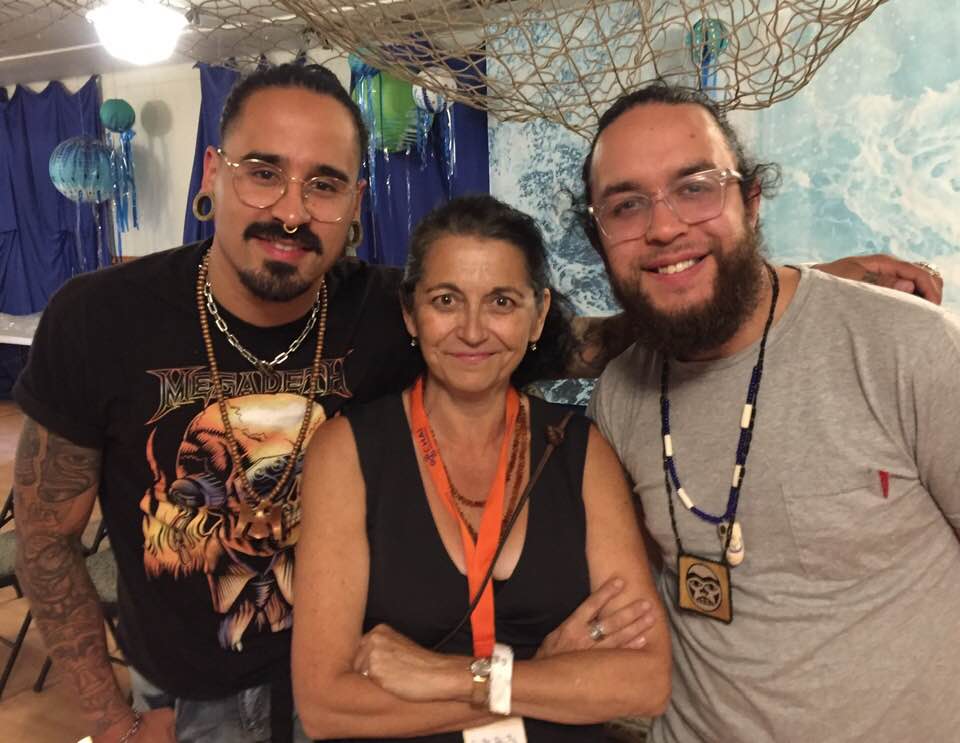
I invited those in attendance to take this chance to be still, to listen and settle, to begin to hear the soothing voices of these men tell their truths. Because in this noisy age of keyboard strokes and opinion, listening is really such a balm. The young men took over, each taking half of the large group, and spoke softly for over an hour and a half – so different from their hip hop delivery of their truths – and not a person stirred. I am so grateful to these men for showing up to tell the Becoming stories of two Haisla boys from the tiny coastal village of Kitamaat and how they became Hip Hop artists. They told much more. It was a profound experience for the listeners, and I wish them well. Fame, fast fame carries a lot of stress.
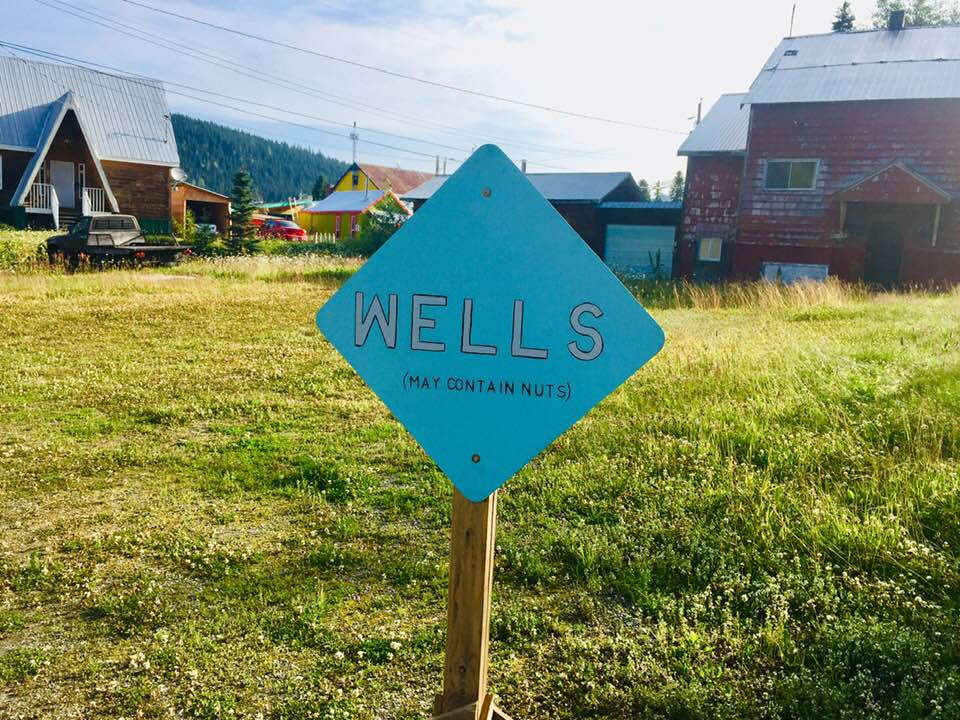
The final performance we caught was Bruce Horik’s Assassinating Thomson. This one-hander has won numerous awards and deserves to be, as cited, a Canadian classic and much more. Horik, legally blind, manages to juggle a triple narrative of the mysterious death of painter Tom Thomson with his own narrative of going blind at age 9 as a result of a genetic blastoma (with poignant reference to his father’s own struggle and sense of guilt with the same thing), with an onstage demonstration of his painting skills. To say it is a tour de force sounds cliché, but it is a tour de force. Horak’s acting, writing, and painting on stage is a triple threat. It was a fitting end to the first festival I’ve been to in years. We left Wells early on Tuesday morning, satisfied, grateful, and inspired. Thank you Julie and team.